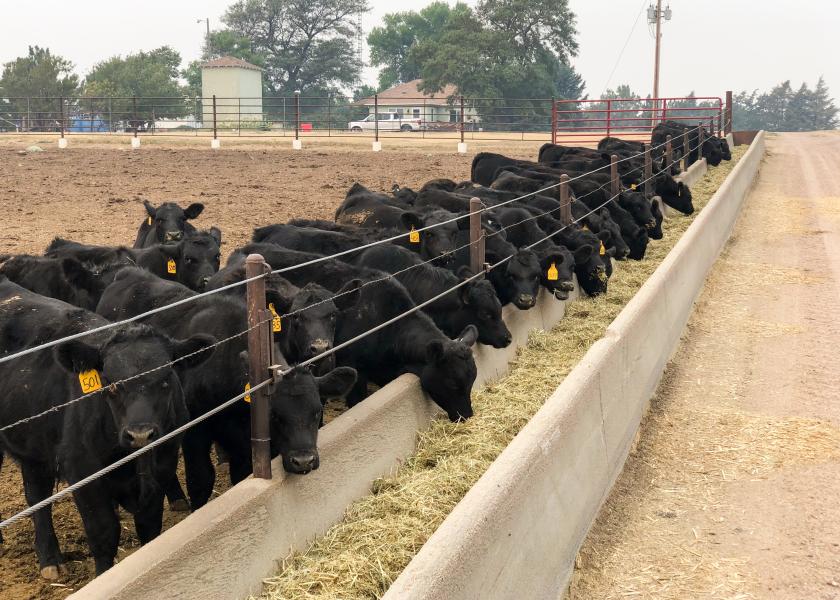Long-Term Cost of Respiratory Disease during Weaning and Backgrounding

Health of incoming cattle to backgrounders and feedlots continues to be a major issue. Today we have better vaccines, better antibiotics, and better genetics than ever before, but the health outcomes, sick pull rates and mortality, have not improved over the last 30 years. Many times, disease infections can occur in one segment of the industry but not present clinically until the cattle are stressed during transfer to a subsequent beef production segment in the supply chain.
An analysis of the performance and carcass quality costs of bovine respiratory disease (BRD) during finishing, conducted at Oklahoma State University, showed that days on feed increased while slaughter weight, carcass weights, and carcass quality decreased when steers required BRD treatment once, twice, or three or more times during receiving.
Hot carcass weights of cattle treated three or more times were 42 pounds lighter than carcasses from calves that did not require treatment. The percentage Choice decreased from 70% for untreated calves to 36% for calves treated three or more times. Total cost of BRD (including labor, cost of antibiotic, reduced production and carcass quality, and increased days of feed) was $37/head, $166/head, and $230/head for cattle treated once, twice, and three or more times.
Costs in the stocker industry can be just as big. An analysis was conducted including 12 stocker receiving trials from Oklahoma, Arkansas and Mississippi where over 1,300 steers and bulls were received and followed through grazing on cool-season pastures. The average BRD morbidity was 57% with 25% requiring a second treatment and 9.5% pulled and treated three or more times. During receiving, untreated calves gained 2.3 pounds per day. Daily gains decreased to 2.1, 1.6, and 1.5 pounds/day for calves treated once, twice, or three or more times. Daily gains on pasture were not affected for calves treated only once (2.2 lbs/day), yet pasture gains of calves treated two or more times decreased to 2.0 lbs/day.
During the entire ownership period (Receiving + Grazing) daily gains were 2.3 pounds for untreated, 2.1 for those treated once, 1.8 for those treated twice, and 1.7 for those treated three or more times. These calves appeared healthy when placed on grass. Chronics (any calves that appeared to be chronically morbid to BRD) were not included in this analysis. Even yet, calves that were treated for BRD two or more times were affected significantly during grazing and over the ownership period.
Calves in this analysis that grazed wheat pastures at the OSU Marshall Wheat Pasture Research Unit for 86 days were finished at the OSU Willard Sparks Beef Research Center, this shows the long-term impacts of cattle health from the stocker receiving period on performance during finishing. Bull and steer calves weighing 498 pounds went through a 35-day receiving period with 66% BRD morbidity and 31% being treated twice for BRD. When cattle were tracked from receiving, through a stocker grazing period, and into the finishing hot carcass weight, rib eye area and marbling were reduced with increasing BRD treatments.
Performance reductions due to health issues do not generally result in compensatory gain during the stocker grazing period and result in lifetime reductions in performance and beef production. Early intervention and treatment for respiratory disease is essential for first treatment success. Long-term costs to performance and carcass quality are low if early treatments are successful.
Health will continue to be a problem for calves sold after simply removing calves from dams with no weaning or preconditioning process. Preconditioning programs where calves are weaned for at least 45-days, dewormed and given clostridial and BRD vaccinations has been proven to decrease BRD morbidity by 90% or more, providing significant benefit to the buyer.







